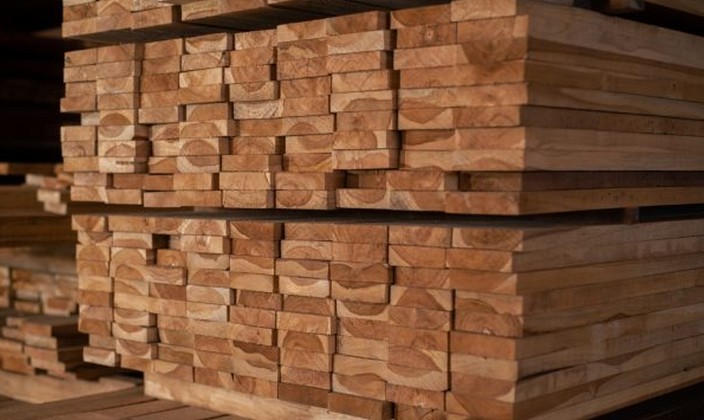Pellets from residual biomass of native species
To produce on a pilot scale and evaluate the quality and commercialization potential of pelletsin naturaand torrefied pellets based on native wood obtained from silvicultural interventions in Siempreverde forest-type forests, located in the Los Ríos and Los Lagos regions, is the objective of a project funded by the Native Forest Research Fund, administered by the National Forestry Corporation (CONAF).
The aim is to provide information to utilize the residues from native log sawmilling and sustainable silvicultural interventions. The production of pelletsin naturaand their subsequent torrefaction from biomass of 9 species of the Siempreverde forest type was investigated: canelo (Drimys winteri), coigüe (Nothofagus dombeyi), laurel (Laurelia sempervirens), lingue (Persea lingue), luma (Amomyrtus luma), olivillo (Aextoxicon punctatum), radal (Lomatia hirsuta), tepa (Laureliopsis philippiana), and ulmo (Eucryphia cordifolia). The pellets underwent the following analyses and determinations: moisture content, ash content, extractives content, lignin content, elemental composition, chlorine content, bulk density, pellet size, mechanical durability, and calorific value.
One measure to improve pellet characteristics is through the thermal process called torrefaction, which is essentially a partial pyrolysis of biomass in an oxygen-free environment. This process is carried out at temperatures between 200–300°C and with short residence times, promoting the degradation of the least energetic and most hydrophilic compounds in the biomass, thereby increasing energy density. Torrefied biomass exhibits the following characteristics: (1) greater hydrophobicity, (2) lower moisture content, (3) higher calorific value, (4) improved grindability, (5) higher bulk and energy density, (6) reduced biological degradation, and (7) greater biomass homogeneity.
The project results are encouraging; thein naturapellets from native species comply with the European ENplus A2 standards for all analyses and determinations considered, except for the mechanical durability parameter (only one species meets it) and ash content (six species meet it). When ranking the energy quality of thein naturapellets, it was determined that the radal and luma species exhibit the best energy performance, while the coigüe species shows the worst. The production and analysis of torrefied pellets from the same nine native species determined that torrefaction increased the calorific value of thein naturapellets, depending on the species, by between 17% and 21%.
When comparing the results with the torrefied pellet standards, no major differences are generally observed, except in the bulk density variable (only one species meets it) and calorific value (four species meet the standard). The energy quality classification of the torrefied pellets indicates that most of the studied native species, with the exception of laurel and tepa, show a better index when torrefied, with the canelo species having the highest value.
A survey was conducted among pellet producers, marketers, and consumers, determining that native wood-based pellets have a high level of acceptance, there is demand for native pellets, and there would be a willingness to pay a slightly higher price than current pine pellet prices. In other words, there are good reasons to consider a relevant market share for these pellets.

















